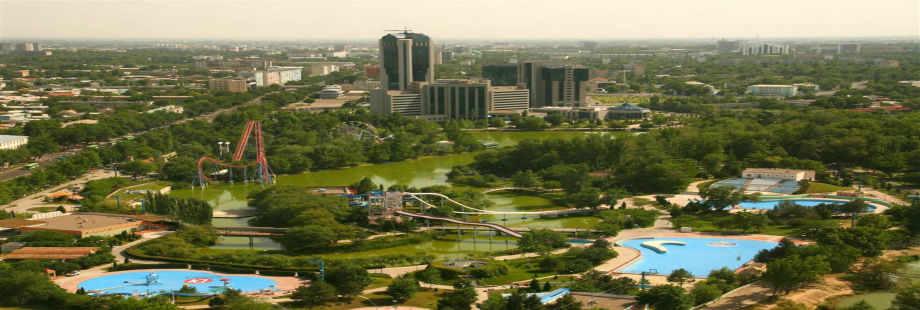GEOGRAPHY
With an area of 447,000 square kilometers, Uzbekistan stretches 1,425 kilometers from west to east and 930 kilometers from north to south. Bordering Turkmenistan to the southwest, Kazakstan to the north, and Tajikistan and Kyrgyzstan to the south and east, Uzbekistan is not only one of the larger Central Asian states but also the only Central Asian state to border all of the other four. Uzbekistan also shares a short border with Afghanistan to the south.

The physical environment of Uzbekistan is diverse, ranging from the flat, desert topography that comprises almost 80 percent of the country's territory to mountain peaks in the east reaching about 4,500 meters above sea level. The southeastern portion of Uzbekistan is characterized by the foothills of the Tian Shan mountains, which rise higher in neighboring Kyrgyzstan and Tajikistan and form a natural border between Central Asia and China. The vast Qizilqum (Turkic for "red sand"--Russian spelling Kyzyl Kum) Desert, shared with southern Kazakstan, dominates the northern lowland portion of Uzbekistan. The most fertile part of Uzbekistan, the Fergana Valley, is an area of about 21,440 square kilometers directly east of the Qizilqum and surrounded by mountain ranges to the north, south, and east. The western end of the valley is defined by the course of the Syrdariya, which runs across the northeastern sector of Uzbekistan from southern Kazakstan into the Qizilqum. Although the Fergana Valley receives just 100 to 300 millimeters of rainfall per year, only small patches of desert remain in the center and along ridges on the periphery of the valley.
The two largest rivers feeding Uzbekistan are the Amu Darya and the Syrdariya, which originate in the mountains of Tajikistan and Kyrgyzstan, respectively. These rivers form the two main river basins of Central Asia; they are used primarily for irrigation, and several artificial canals have been built to expand the supply of arable land in the Fergana Valley and elsewhere.
Climate:
Uzbekistan's climate is classified as continental, with hot summers and cool winters. Summer temperatures often surpass 40 °C (104 °F); winter temperatures average about −2 °C (28 °F), but may fall as low as −40 °C (−40 °F). Most of the country also is quite arid, with average annual rainfall amounting to between 100 and 200 millimeters (3.9 and 7.9 in) and occurring mostly in winter and spring. Between July and September, little precipitation falls, essentially stopping the growth of vegetation during that period of time.
Area:
total: 447,400 km²
land: 425,400 km²
water: 22,000 km²
Land boundaries:
total: 6,221 km
border countries: Afghanistan 137 km, Kazakhstan 2,203 km, Kyrgyzstan 1,099 km, Tajikistan 1,161 km,
Turkmenistan 1,621 km.
Elevation extremes:
lowest point: Sariqarnish Kuli -12 m (-39 ft) below sea level.
highest point: Khazret Sultan, 4,643 metres (15,233 ft)
Resources and land uses
Naturalresources: natural gas, petroleum, coal, gold, uranium, silver, copper, lead and zinc, tungsten,
molybdenum
Land use:
arable land: 9.61%
permanent crops: 0.8%
other: 89.58%
Irrigated land:
41,980 km²

